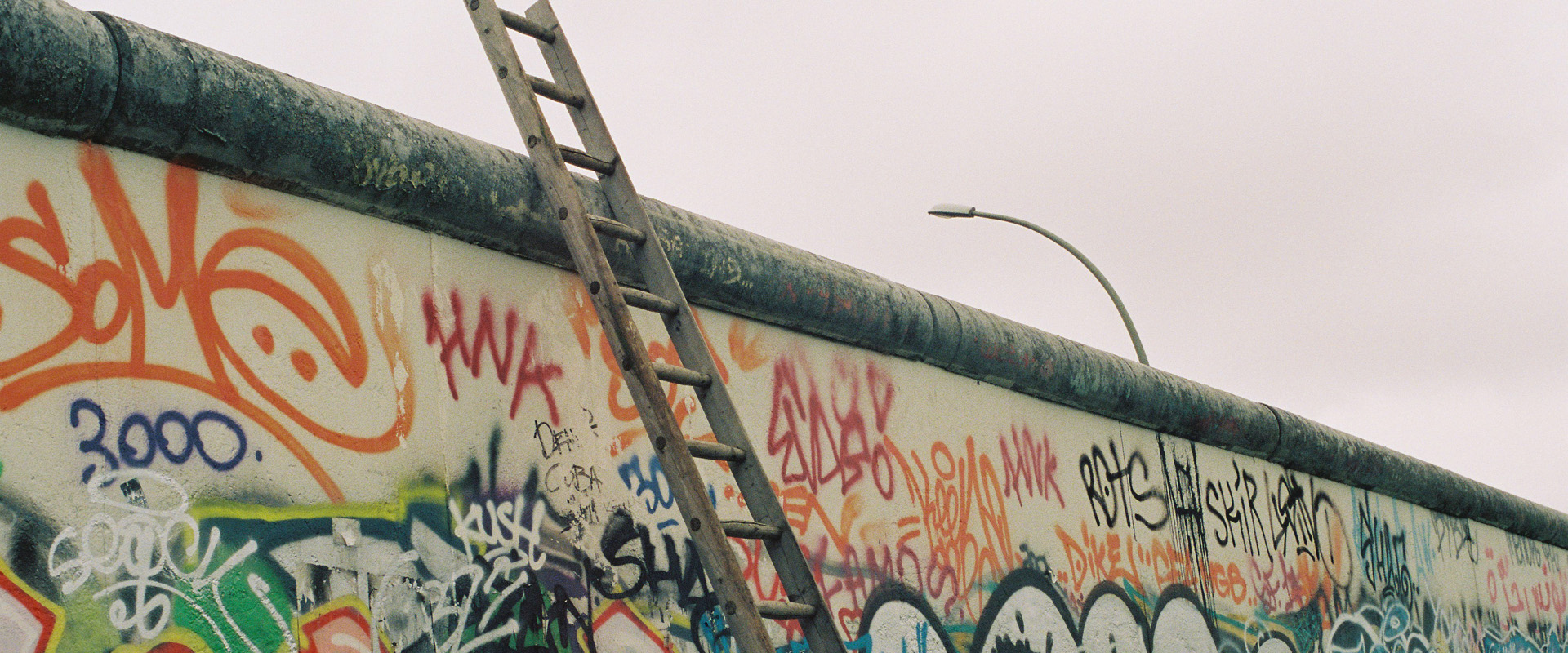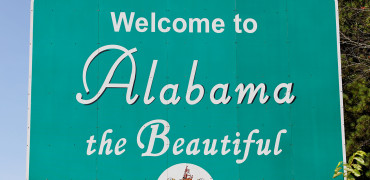Last week saw the eagerly awaited return of Stranger Things, the sci-fi horror / parallel universe drama, which some have called a love letter to the 80’s.
If you haven’t watched the first series then you really need to catch up and you’re in for a treat with some seriously good child actors and an intriguing story that starts with the disappearance of Winona Ryder’s young son and supernatural events including a psychokinetic girl who has escaped from a government institution.
The series was critically acclaimed for mixing investigative drama with supernatural elements and is seen as homage to both the pop culture of the decade and the films and writings of Steven Spielberg, Stephen King and others. These include: ET, the Extra Terrestrial; Short Circuit; Back to the Future; Poltergeist; Wargames; Ghostbusters; Gremlins and, of course, The Goonies.
To set the tone though, it’s also worth listing several of the hugely successful films of the decade including: Top Gun; Brat Pack – Breakfast Club; Aliens; Ferris Bueller’s Day Off; the Karate Kid; Footloose; Beverly Hills Cop; The Color Purple; Lethal Weapon; The Witches of Eastwick; The Untouchables; Big; Beetlejuice; and many, many more.
So just how good were the 1980’s? And nearly 40 years on, are there any lessons that we can learn from the past?
Home is where the heat is
At the start of the decade, I remember renting student accommodation that had very little in the way of heating. I vividly recall waking up with ice on the inside of the windows but maybe that was more about me having a bad landlord!
Gas boilers had become more common since the early 60’s but central heating was still not everywhere at the start of the 80’s. If I recall correctly, we had a gas fire in the front room and a coal fire in the living room, but little in the way of heating upstairs.
The challenge during the decade was therefore about bringing ease of heating to homes and today, we wouldn’t think of a home without central heating – although there are thousands of homes off the gas grid that still rely on oil, LPG, electric or coal for their heating, forcing many into fuel poverty.
The issue today though is finding a way to heat our homes conveniently and cost effectively without costing the earth.
Gas, oil and LPG heating systems are far too carbon intensive and this has been recognised by the Government which is predicting a significant shift to renewable heat pumps by 2030.
The good, who’s bad, and the ugly
The 1980’s were a strange time for popular culture, politics and the world in general and it seems harder to identify one major theme or trend than it can be with other decades.
We saw the first surrogate pregnancy, the Berlin Wall come down, Tiananmen Square; the miner’s strike, John Lennon was assassinated, the Challenger Space Shuttle explosion, the Lockerbie terrorist attack on Pan Am Flight 103, and assignation attempts on both Pope John Paul II and Ronald Regan.
Britain was led by the Conservative party of Margaret Thatcher throughout the 1980’s who, like Marmite, was either loved or loathed in equal measure. Amongst many of her most notable 'achievements' she formed a close relationship with Ronald Regan; ordered the retaking of the Falkland Islands after they were invaded by Argentina and gave council tenants the right to purchase their homes.
With regards to popular culture and, having lived through the 80’s, I have to say I’m not the biggest fan of the music or fashion of that particular decade but there were notable exceptions.
I would argue that this was Michael Jackson’s most creative time, with the invention of the Moonwalk and albums such as Thriller and Bad helping him become one of the biggest stars on the planet. I remember the urban myth at the time that you could go anywhere in the world and regardless of the language spoken, everyone would know at least two English phrases: ‘Coca Cola’ and ‘Michael Jackson’.
The 1980’s saw the introduction of MTV and the launch of the Sony Walkman, which offered everyone music on the go, as they rollerskated around, wearing shoulder pads and leg warmers with their hair in a perm or a mullet.
It would be easy to devote the whole blog to the music and fashion of the decade but there’s such a lot to capture that I’ll focus on one trend in particular that I believe has had a massive impact on life today.
In the UK, we had the creation of the New Romantics movement, with Spandau Ballet, Duran Duran, Culture Club, Soft Cell, et al and male pop stars openly wearing make-up with pioneers such as Steve Strange and Boy George coming into their own. This built on the work of America pioneers such as the New York Dolls and The Tubes, who combined their own outrageous work with rock - Not forgetting of course, that immensely influential chameleon of popular culture, David Bowie.
This blurring of the ‘traditional’ boundaries between male and female led to many strange fashions but could be argued as setting the ground for the gay rights campaign that has led to the more tolerant laws we now see for the LGBT community in many parts of the world.
For me, there were two defining points that impacted on the pop sector during the 1980’s that helped us all understand just how connected our world is:
First was the Aids epidemic which devastated many communities, gay or straight and saw the loss of icons such as the irreplaceable Freddie Mercury and the Hollywood legend, Rock Hudson – to name but two.
For the first time in modern history, we saw a disease that crossed borders with impunity and seriously affected the ‘First World’ rather than just being a symptom of ‘poorer’ countries a long way away.
The second was the Live Aid concert in 1985 when the music world reacted to the devastating famine in Ethiopia and put on a global concert which is estimated to have raised around £150m for famine relief.
Live Aid was watched by an estimated global audience of 1.9 billion, across 150 nations, with live broadcasts of concerts at the old Wembley Stadium and the J F K Stadium in Philadelphia – with others taking place in Australia, the Soviet Union, Canada, Japan, Yugoslavia (as it was at the time), Austria and West Germany (this was before the Berlin Wall came down).
Importantly though, individuals in everyday normal life could start to see how collectively, they could come together to make a difference.

Berlin Wall
It's now hard to imagine that you could be shot for trying to cross the wall dividing Berlin.
Pointing to a digital future
The PC or personal computer was seriously starting to take off in the 1980’s and, although the Internet as we know it today was still in its infancy in the latter part of the decade, combined with the growth in personal computers, this was also helping connect people to other parts of the world in ways that they would never have been able to before.
At the same time the 80’s saw the growth of video arcade games along with the launch of the Gameboy which helped the gaming industry grow into the giant it is today. True, the graphics sometimes left a lot to be desired, but I remember playing the original 2D version of Prince of Persia and you still needed skill, dexterity, timing (and sometimes a little help) to complete the task and save the Princess!
Once the gaming industry had shown the way to be able to capture a global imagination with Super Mario or Sonic the Hedgehog, and make a lot of money, a lot more was invested in computing in general, helping us get to the totally connected world we inhabit today.
What a disaster
This emerging connectivity both in thought and in communications coincided with global events that no one could ignore.
The Chernobyl disaster in Russia shows just how devastating this important energy source can be unless carefully regulated. Whatever we all think of nuclear, it is clear that it has to play a part in a low carbon economy and Chernobyl (and the more recent Fukushima Daiichi disaster) serve as clear examples of how bad it can be when things go wrong.
The Bhopal disaster in 1984 also demonstrated that we as individuals could no longer ignore what was happening across the world, as it highlighted how the global companies that operate all around us (and of course provide important work in local areas), have to be subject to proper checks and balances to keep us all safe.
A leak of methyl isocyanate from the Union Carbide plant in India killed at least 3,787 with some claiming that the death toll was as high as 16,000, when at least 500,000 people were exposed to the gas and other chemicals from the plant.
The causes are still being argued over with the Indian government claiming poor management and maintenance regimes, and the owners claiming sabotage. Regardless of this, people could see that as well as being a force for economic good, industry could lead to very bad results.
1985 saw the sinking of the Greenpeace ship, Rainbow Warrior by the French Intelligence Service in Auckland harbour, New Zealand, killing Fernando Pereria, a renowned photographer. The Rainbow Warrior was trying to disrupt nuclear testing by the French in remote parts of the Pacific.
Whilst many didn’t agree with the methods of direct intervention often used by Greenpeace to disrupt legitimate business activities, few would argue that protesters should be threatened in this way and the news reverberated around the globe.
It wasn’t all bad news though as we finally saw the Berlin Wall come down and Germany start the process of reunification.
Collectively though, I would argue that these and other incidents, shown on what was moving slowly towards the 24 hour news we have today, helped people understand that they could no longer leave everything up to Government or big business, and that they too could make a difference.
There’s a hole in our sky
Since the 1970’s, scientists had been detecting a growing hole in the ozone layer above the Antarctic and this was increasingly put down to man-made chemicals, especially those used in solvents, propellants, foam, refrigeration and air conditioning.
This led to a shift away from CFCs (chlorofluorocarbons) with the signing of the Montreal Protocol in 1987, calling for a phase down of the use of CFCs, halons and other man-made halocarbons.
For most people, this meant looking at how old their kitchen fridge was, making sure it was disposed of properly and buying a new one with less harmful refrigerants in it.
For the HVAC sector, it meant a move to HCFC (hydro chlorofluorocarbons) and particularly R22 as the refrigerant of choice. This still offered customers the comfort they needed – with actual increases in efficiency as well, without the use of ozone-depleting chemicals.
Time has of course moved on and R22 has been banned and replaced by firstly, R407C and then R410A as the most popular but now even this is to be changed due to its global warming potential (GWP).
R410A has a GWP of 2,088 compared to the baseline of CO2 (with a GWP on 1). The move is therefore on to change air conditioning systems to R32 refrigerant, which has a GWP of 675.
Collectively therefore, the HVAC industry is working to make a difference in finding energy efficient solutions to deliver comfort to buildings in ways that reduce energy waste and minimise any harm to the environment.
Summary
And this is perhaps the most important lesson that we can take from the 1980’s.
For the first time, the world looked at major issues affecting our planet and people joined together to try and find ways to help or solve them.
Advances in communications meant that distance was no longer a barrier and the development of computing and the Internet gave people the ability to link up wherever they were.
We need more of this if we are to tackle the serious challenges of global warming and climate change and with the advancements in connectivity, it has never been easier.
So, we need to work together for a common good – Stranger Things have been known to happen!
Russell Jones is Content and Communications Manager for Mitsubishi Electric, Living Environment Systems in the UK.
If you have any questions about this article, you can contact us via email. Or if you would like to tweet us, please follow our MEUK_LES twitter page.
We upload new articles every week so remember to check back regularly.


